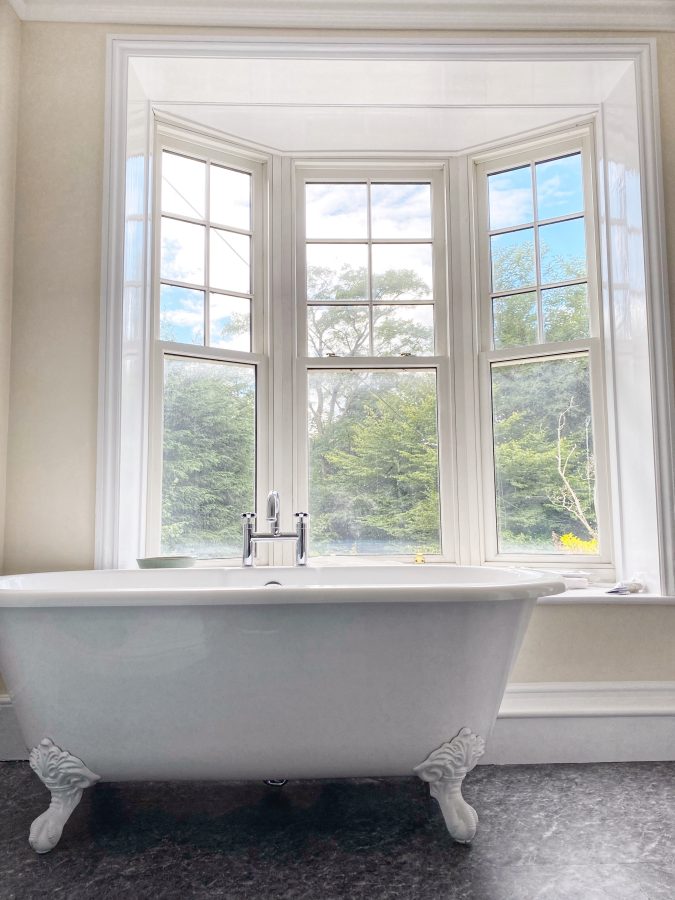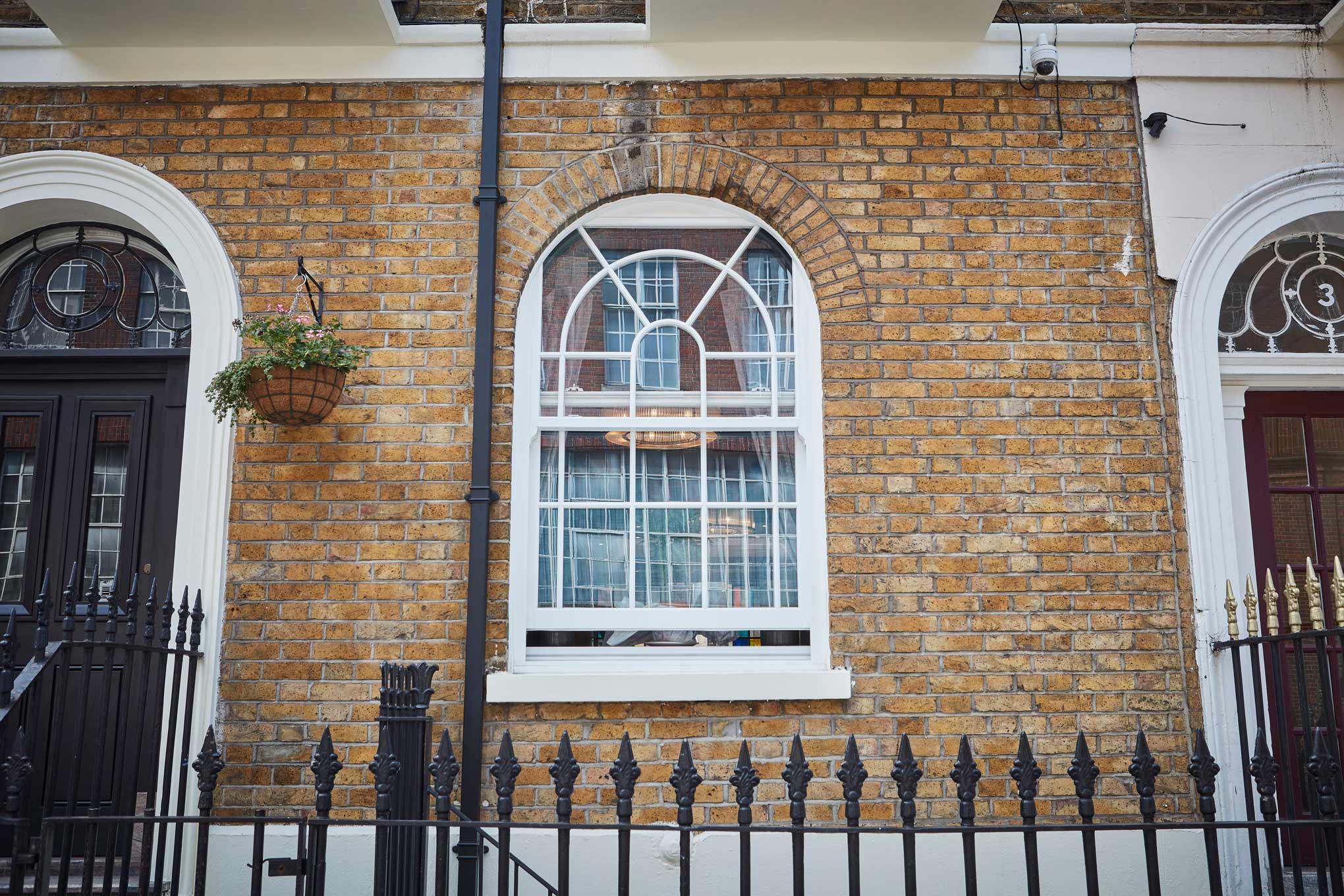How To Prevent Condensation on Sash Windows
At Sashes of Surrey, we are truly passionate about the charm that sash windows bring to a home. They effortlessly combine timeless elegance with modern functionality, creating the perfect window that can add character to any living space. However, one issue that many sash window owners encounter, particularly in the damp British climate, is condensation. This is a common issue among UK homeowners, which can lead to unwanted water droplets and, in the worst cases, the formation of damp and mould.
If you have noticed your windows become foggy or damp patches forming around your sash windows, then don’t worry, as Sashes of Surrey are here to help. In this article, we will explore why condensation occurs on sash windows and provide some practical tips to help you prevent or address it, ensuring your home remains warm, dry, and comfortable throughout the year.
Why Does Condensation Form on Sash Windows?
Condensation occurs when warm, moist air inside your home comes into contact with cold surfaces, such as glass. This temperature difference causes water vapour in the air to condense into liquid droplets on your window panes. Sash windows, particularly older models, are often single glazed and less airtight than modern ones, making them more prone to condensation.
Even if your sash windows are well-maintained, you may still encounter condensation issues if there’s excessive moisture indoors, inadequate ventilation, or cold surfaces on the inside of the windows. This is especially common in kitchens, bathrooms, or any room where you might be drying clothes indoors.
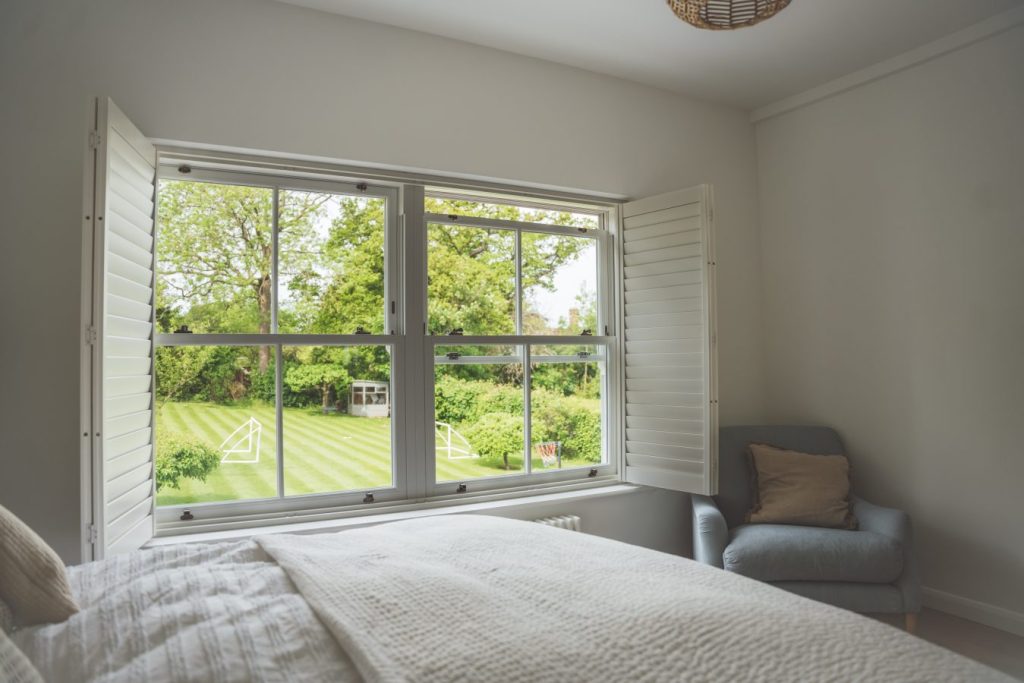
5 Top Tips to Stop Condensation on Your Windows
1. Improve Ventilation
One of the easiest and most effective ways to tackle condensation is by promoting air circulation throughout your living space. Simply opening your sash windows slightly during the warmer parts of the day can really help moisture to escape. Also, by ensuring that the extractor fans in your kitchen and bathroom are working properly, moist air is less likely to condense into water droplets on your sash windows. An upgrade that may be worth considering is to install trickle vents in your window frames to let in a steady flow of fresh air without compromising your home’s security.
2. Control Indoor Humidity
A key aspect of preventing condensation from forming on your sash windows is by controlling the humidity levels in your home. There are a number of different ways that this can be done, but here are a few simple tips to get you started:
- Use a dehumidifier in areas that tend to get damp.
- Try to avoid drying clothes indoors whenever possible.
- Cover pots while cooking to minimise steam. Keep lids on fish tanks and plant pots to reduce evaporation.
3. Keep Your Home Warm
This may seem like an unlikely fix to preventing condensation on your sash windows. Still, by keeping your home at a consistent, comfortable temperature, there is less likelihood of cold surfaces (that are a key component of condensation on windows!).
Even when you’re not home, it’s a good idea to keep the heating on a low setting to stop windows and walls from getting too chilly. Placing radiators under your sash windows can warm the glass and help reduce moisture buildup.
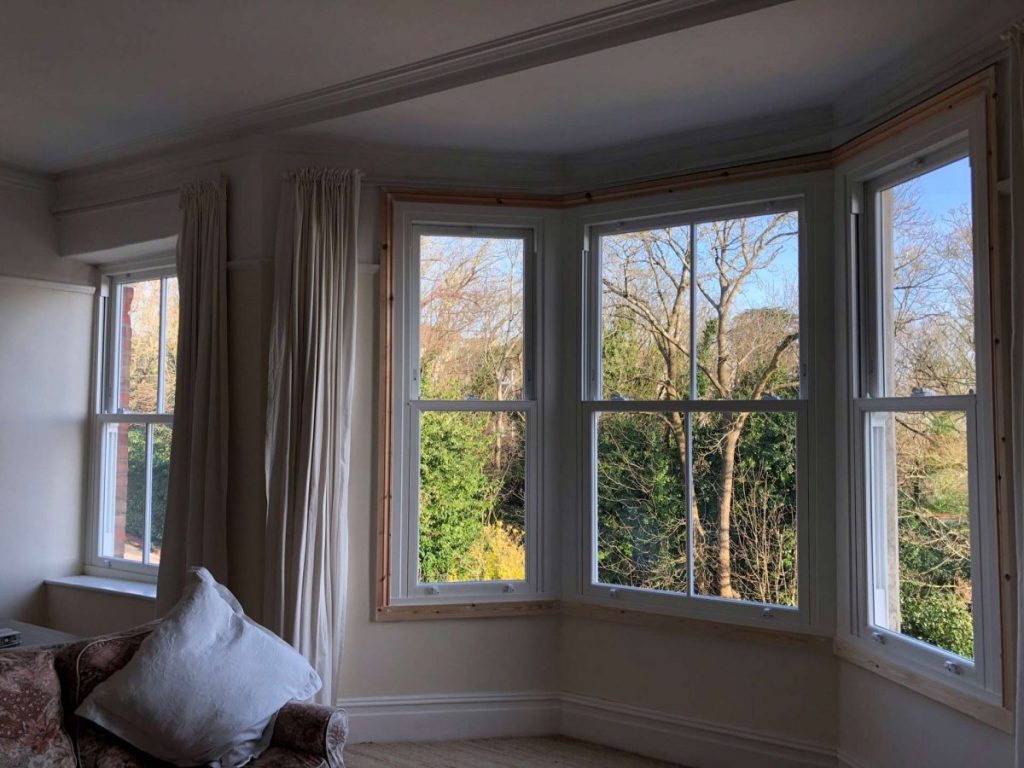
4. Upgrade or Maintain Your Windows
If your sash windows are older and single glazed, consider ways to enhance their thermal performance. These could include:
- Secondary Glazing – This is a less invasive way to improve insulation while maintaining the appearance of your existing sash windows. This would involve adding a window pane to your existing window to help reduce heat loss, thereby reducing the likelihood of condensation on your sash windows.
- Double Glazing – For a more permanent solution, custom double-glazed sash windows can maintain a classic aesthetic while significantly reducing condensation. Unlike secondary glazing, double glazing replaces your existing window with a new unit that contains two panes of glass, providing enhanced insulation and improved energy efficiency.
- Weather Stripping & Draught-Proofing – Sealing any gaps around your sashes can help keep cold air out and surfaces warmer, preventing any possibility of condensation forming on your sash windows.
At Sashes of Surrey, we specialise in thoughtful timber repairs and upgrades that preserve the charm of your home while enhancing comfort.
5. Regular Maintenance
If your paint is peeling, putty is cracked, or sashes are warped, you might find that cold air sneaks in while warm air escapes, leading to more condensation issues. Regular inspections and maintenance are crucial for ensuring your sash windows function properly and remain properly sealed.
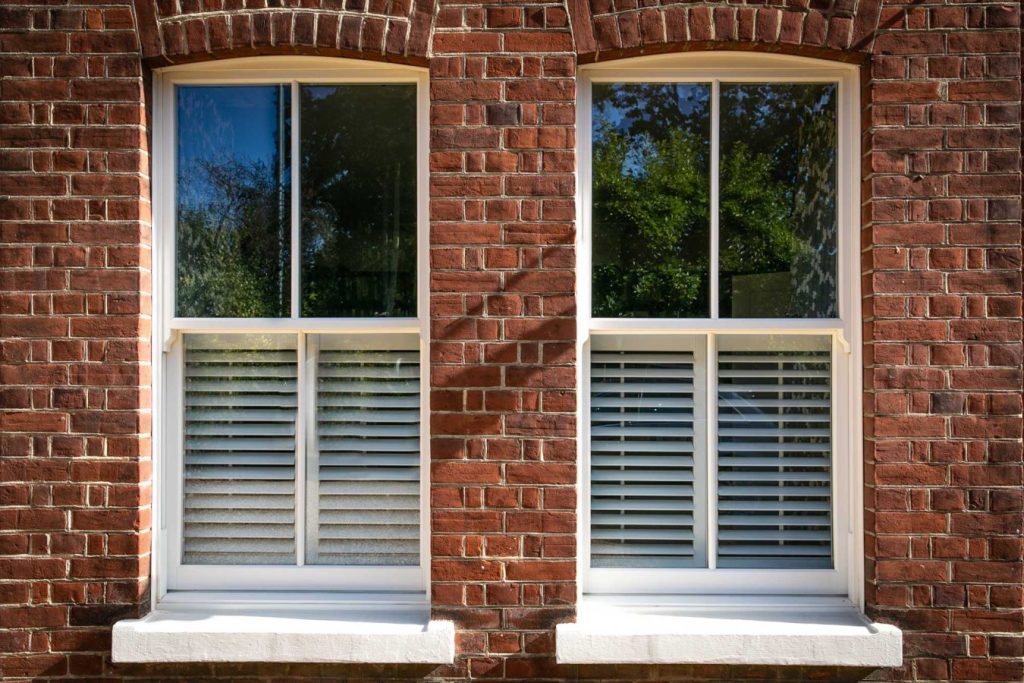
Why Choose Sashes of Surrey?
We understand that, like many other window styles, sash window owners often face the frustrating issues of condensation and dampness. Our skilled craftsmen are dedicated to restoring and refurbishing traditional timber windows, ensuring they not only look stunning but also perform beautifully for years to come.
Whether you’re looking to enhance draught-proofing, install secondary glazing, or go for a complete bespoke double glazing upgrade, we’re here to help you explore options that fit your budget and complement your home’s character.
Prevent Condensation with Sashes of Surrey
Condensation on sash windows is a common headache, but with the right strategies, it can be effectively managed. By ensuring good ventilation, controlling moisture, and maintaining window upkeep, you can safeguard your windows and your home from damp-related issues.
If you’re dealing with ongoing condensation or want to enhance the performance of your sash windows, contact Sashes of Surrey. We’re ready to help you maintain your beautiful windows in excellent condition, so they continue to bring charm and comfort to your home.
Reach out to our team via our online contact form, directly over the phone at 01252 931422, or start a bespoke online quote using our free online quoting tool today!
Categories: Sash Windows, Sashes Of Surrey, Trickle Vents
Tags: sash windows
